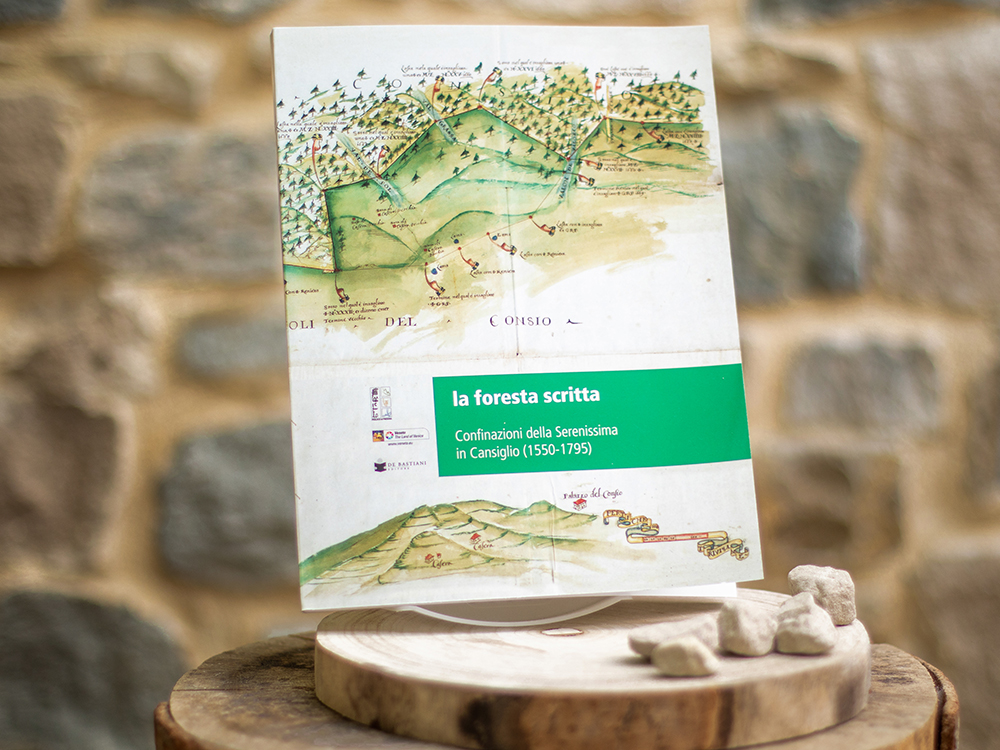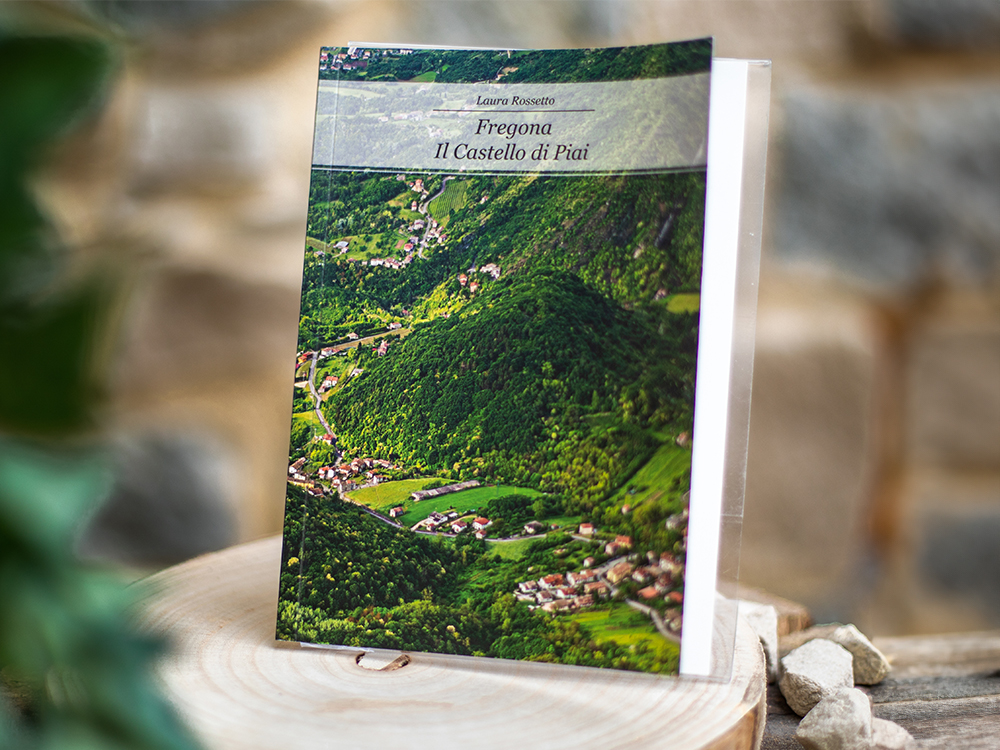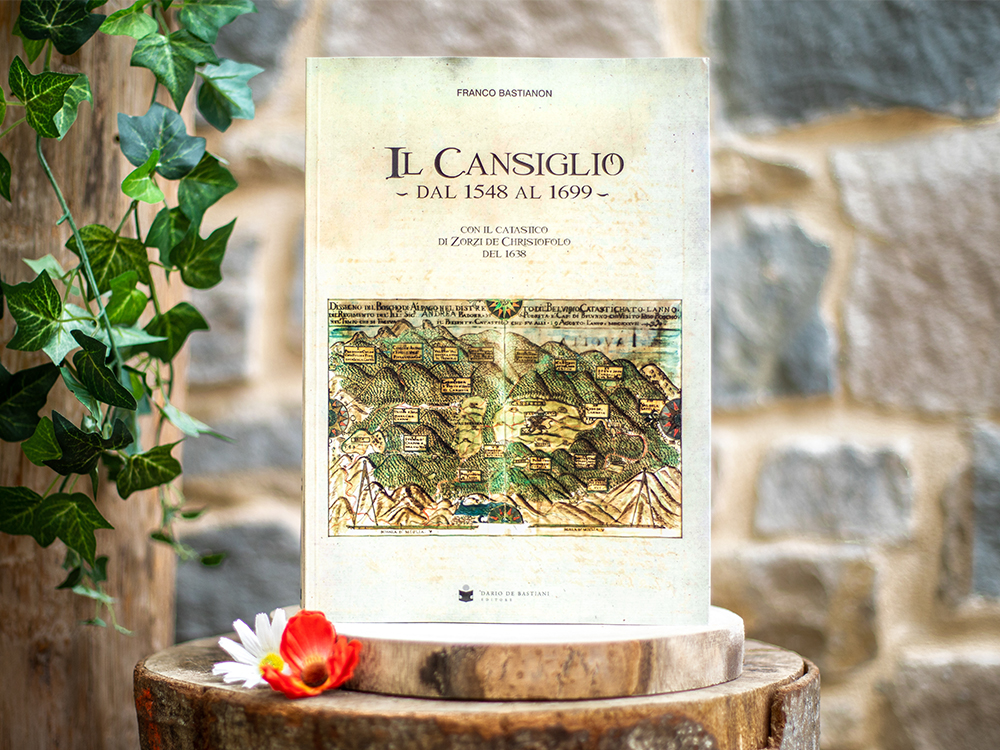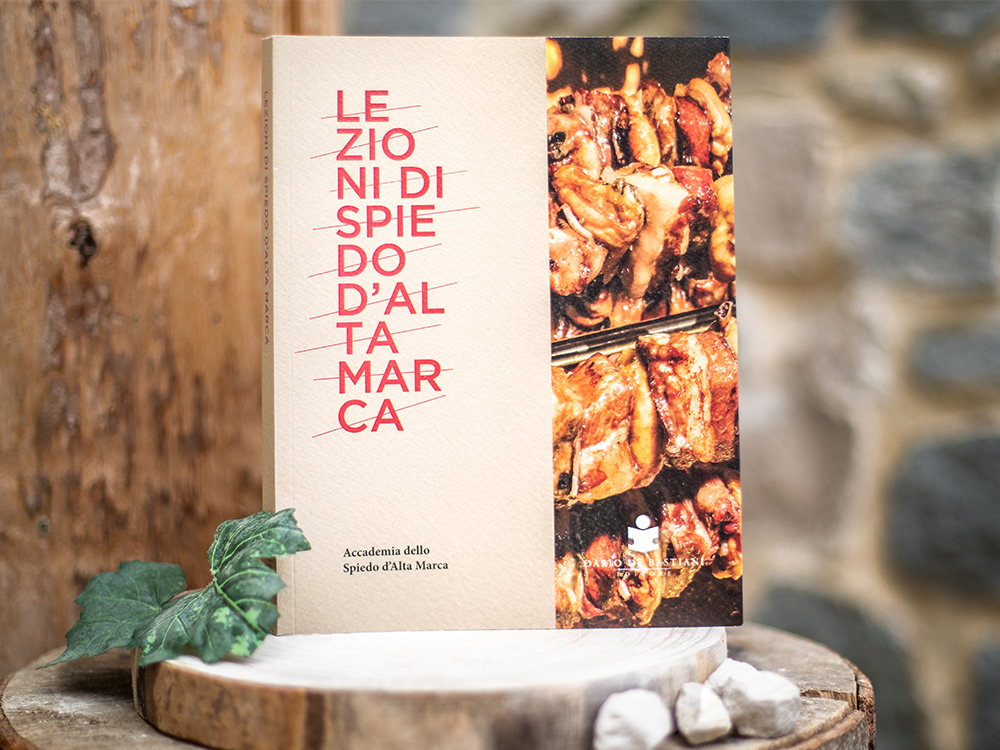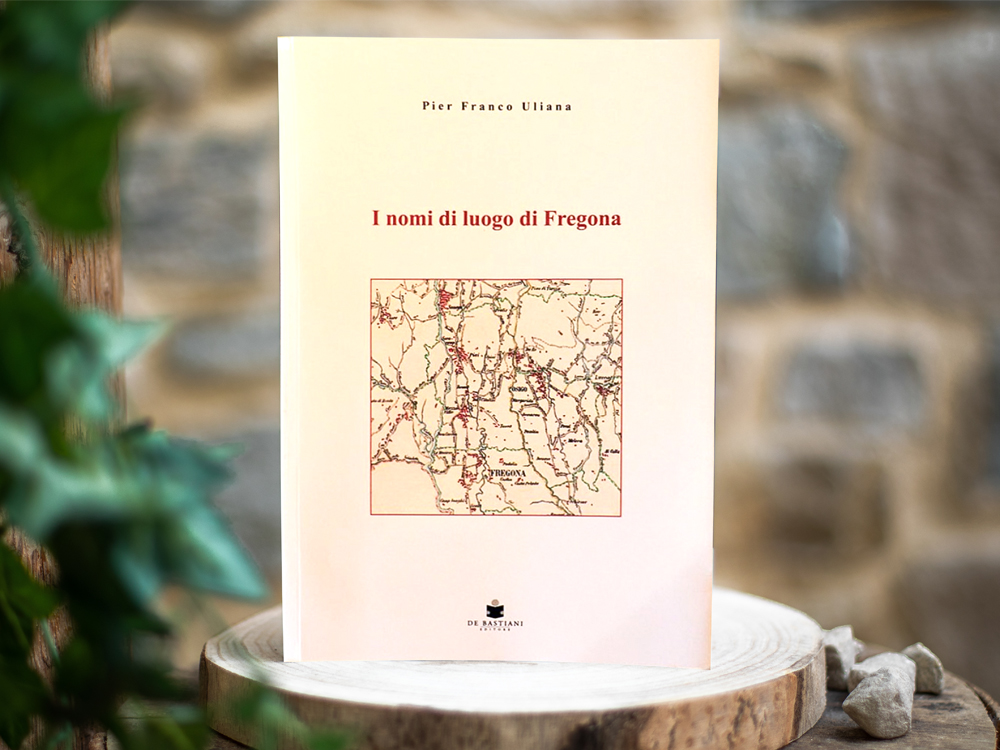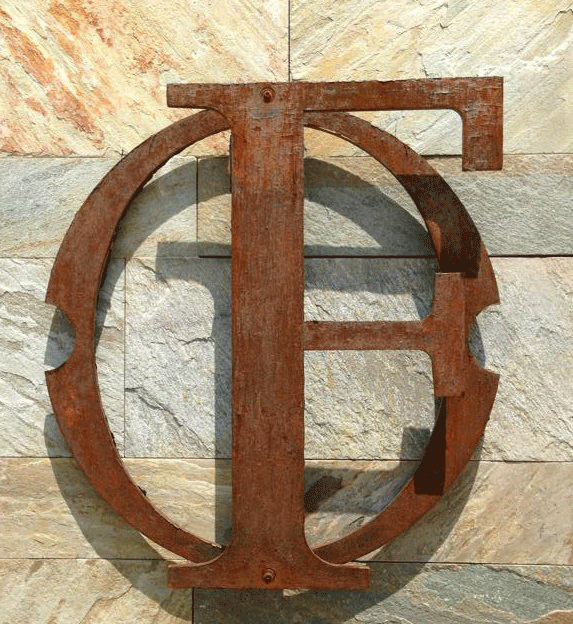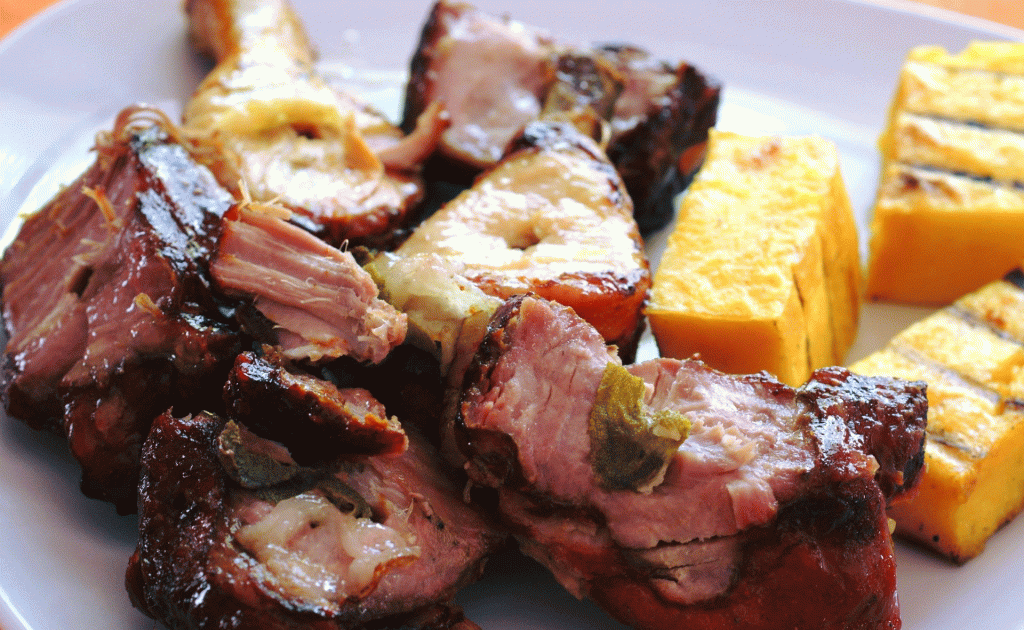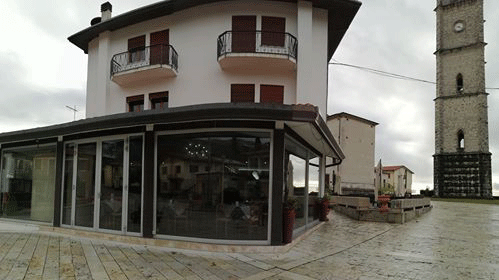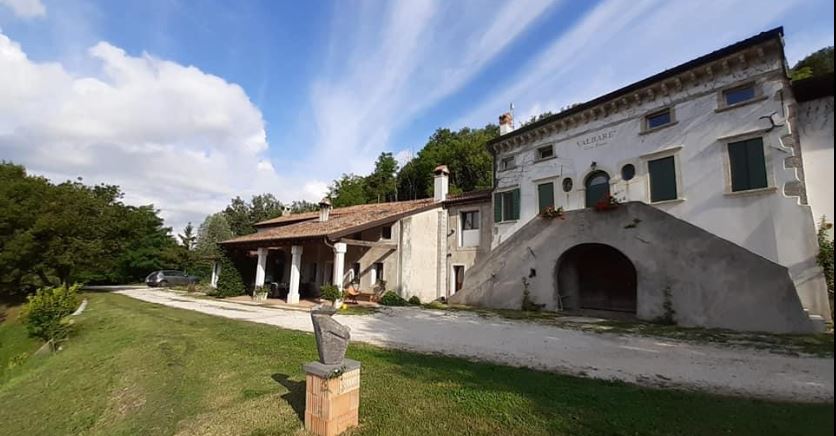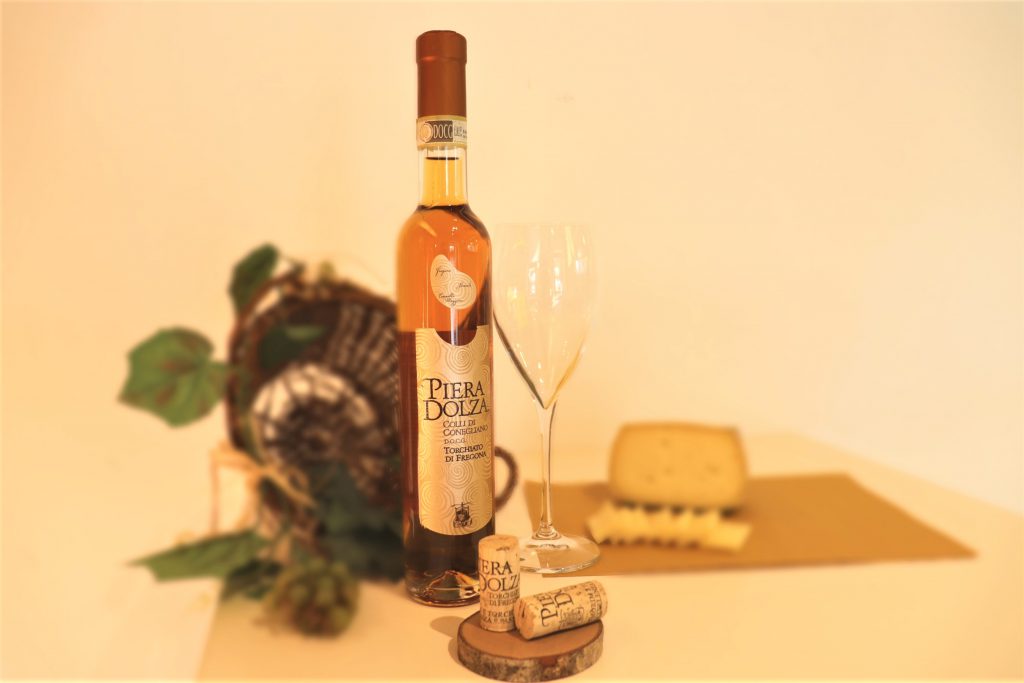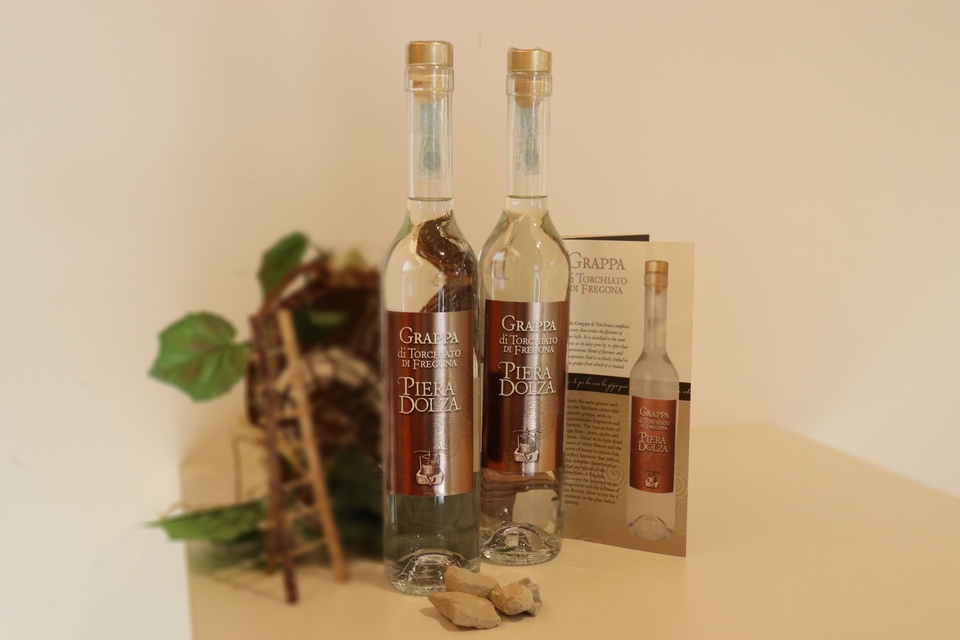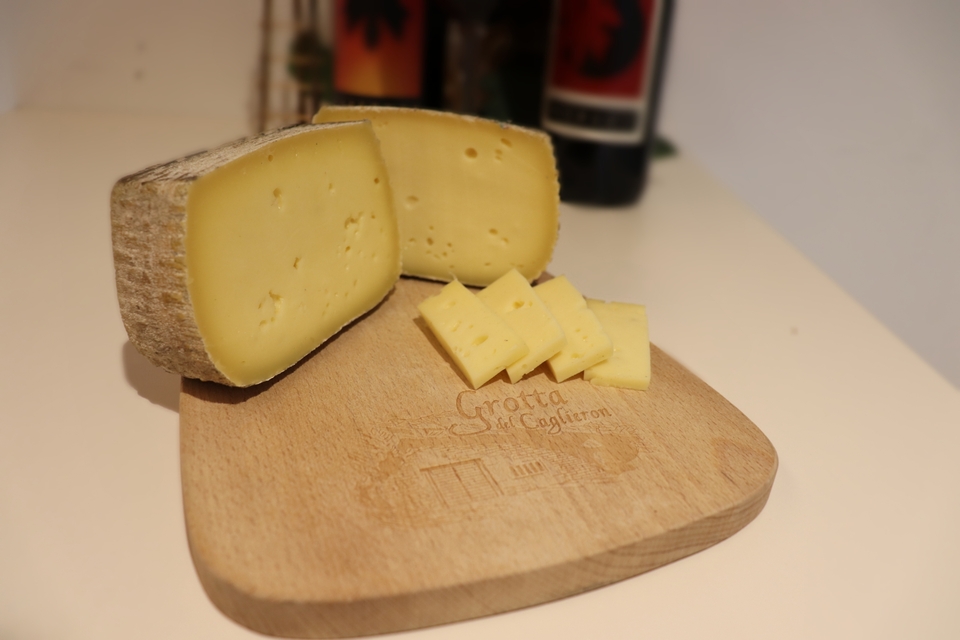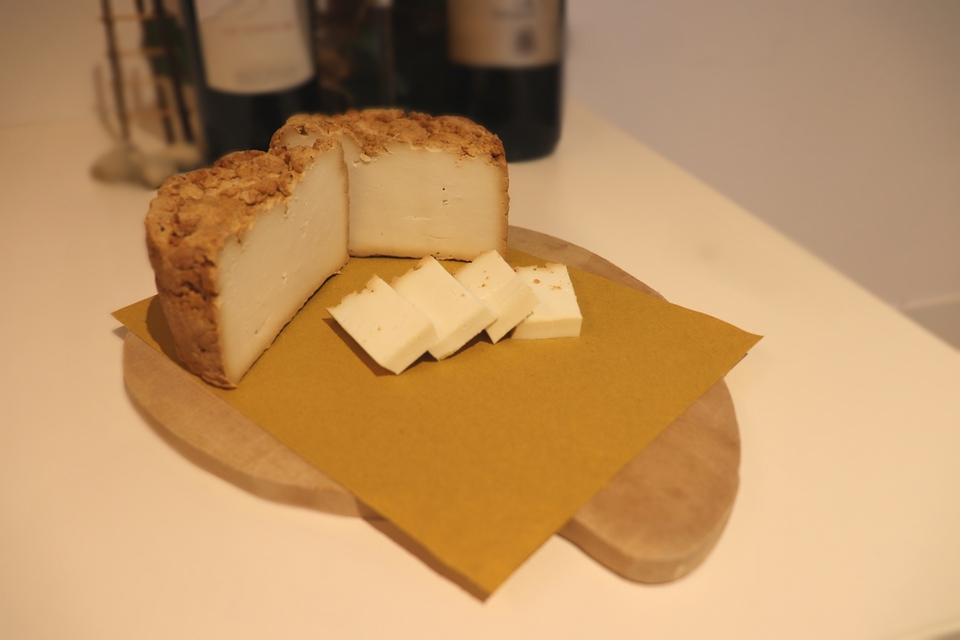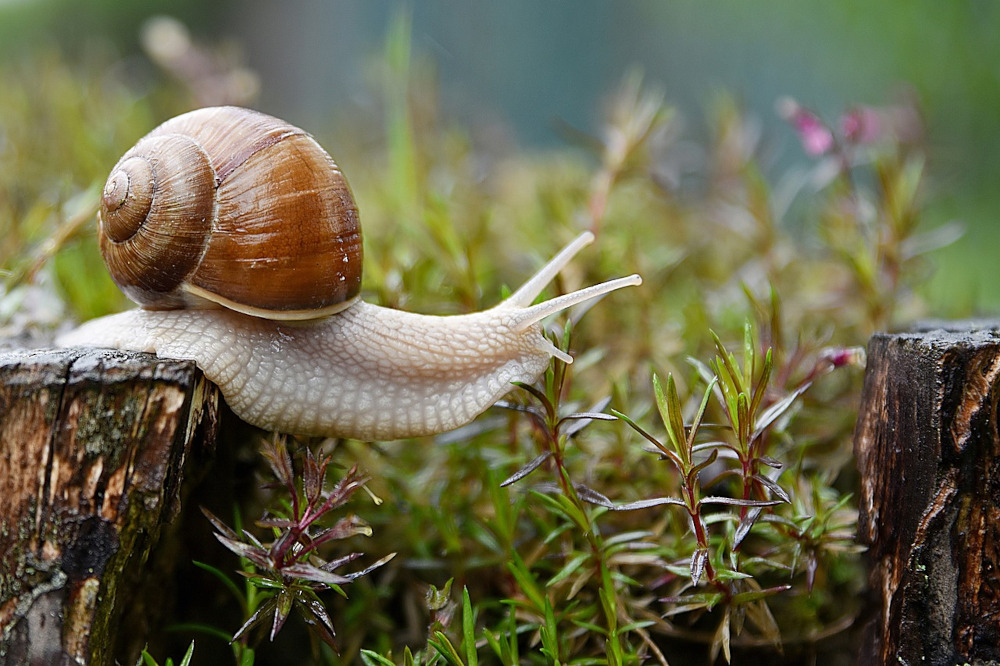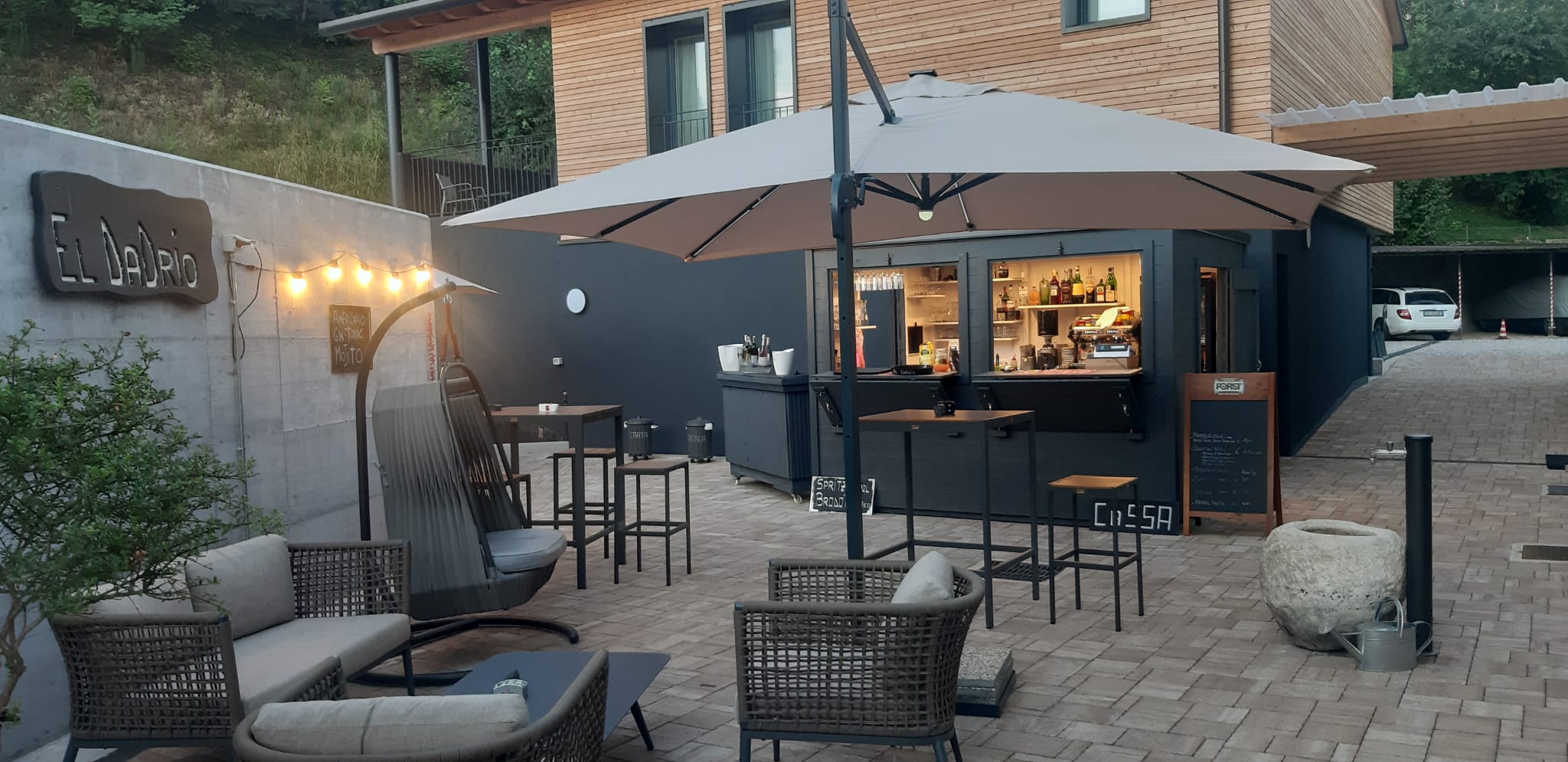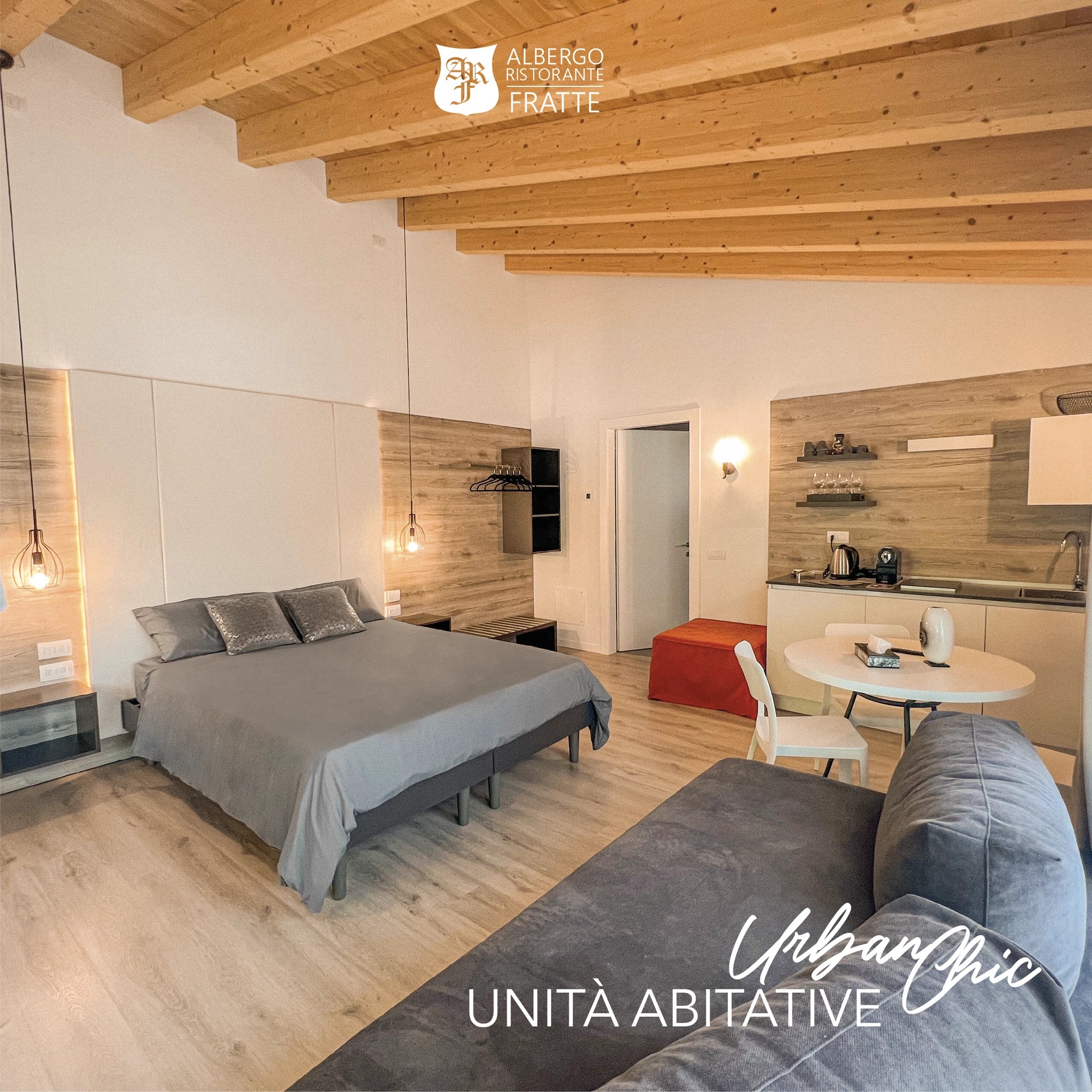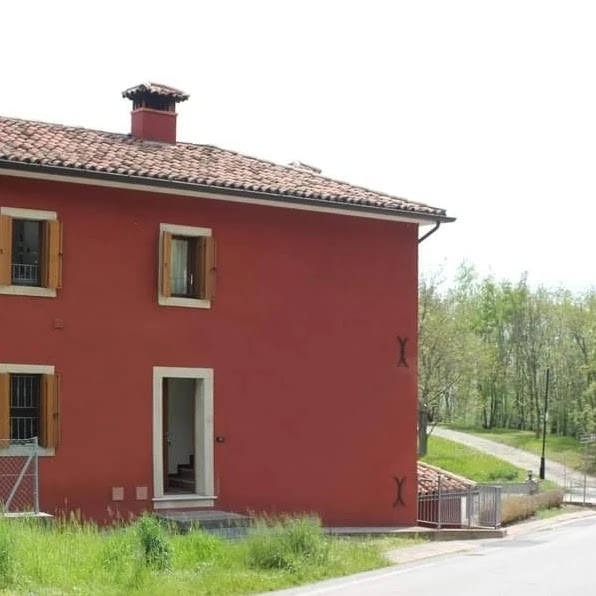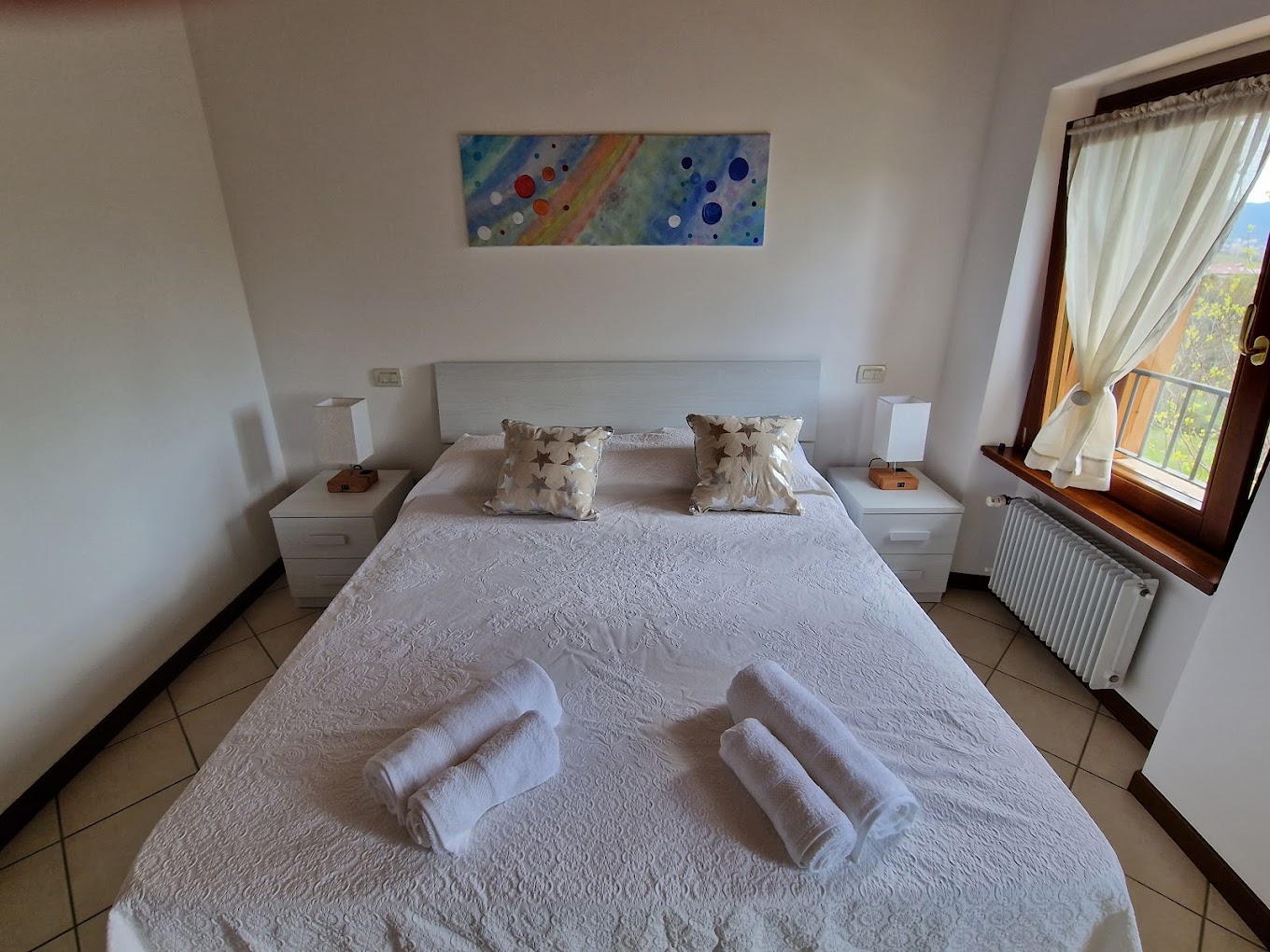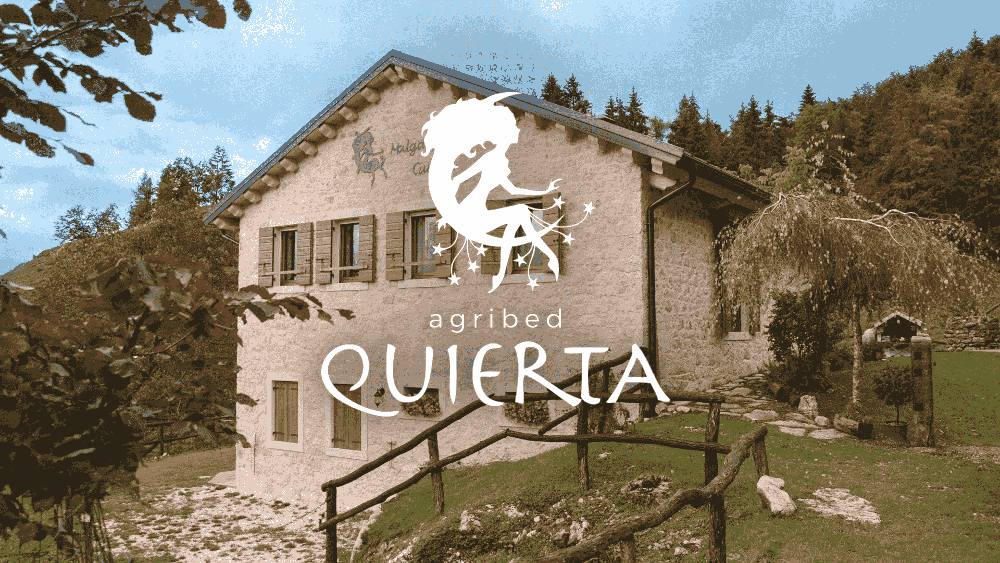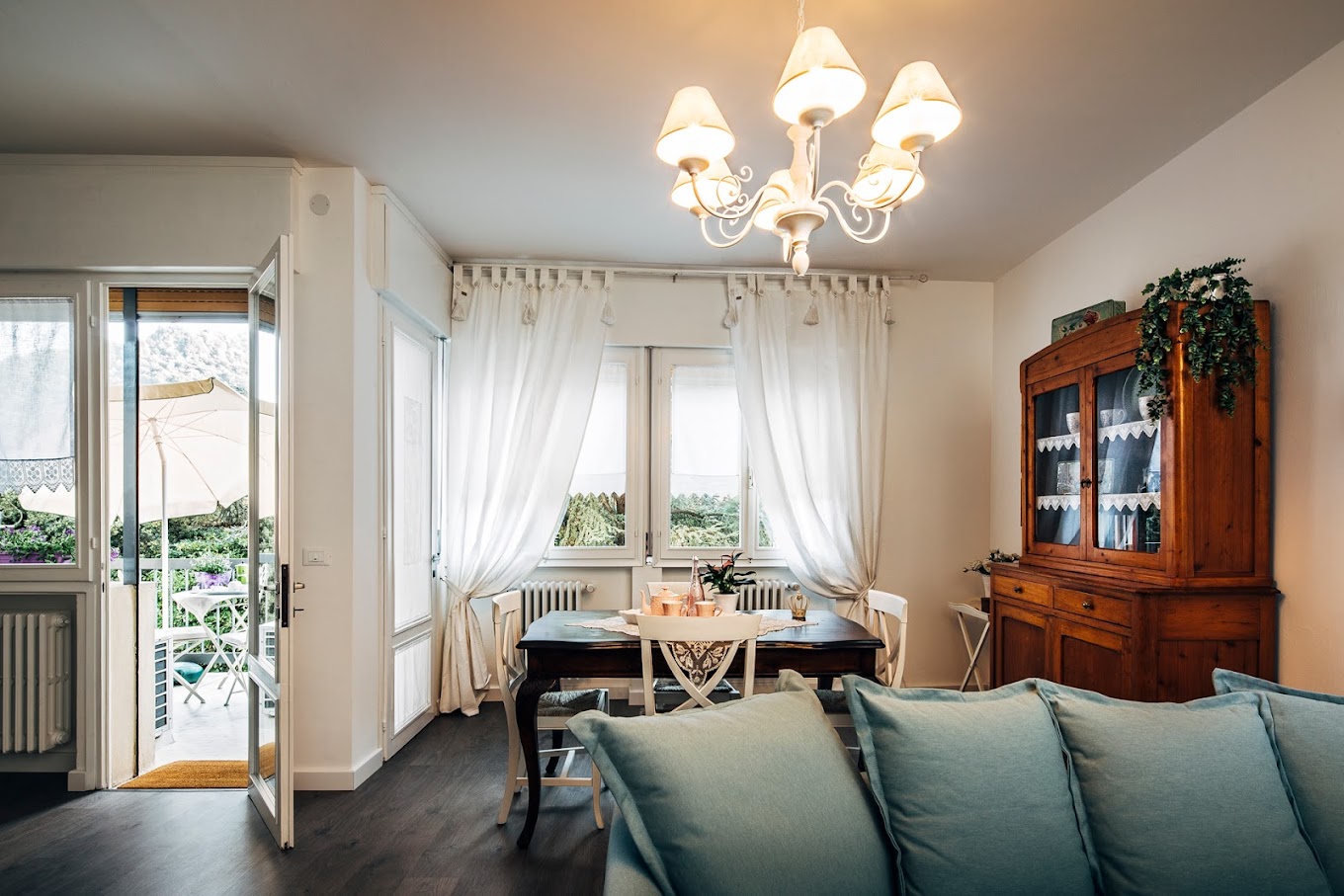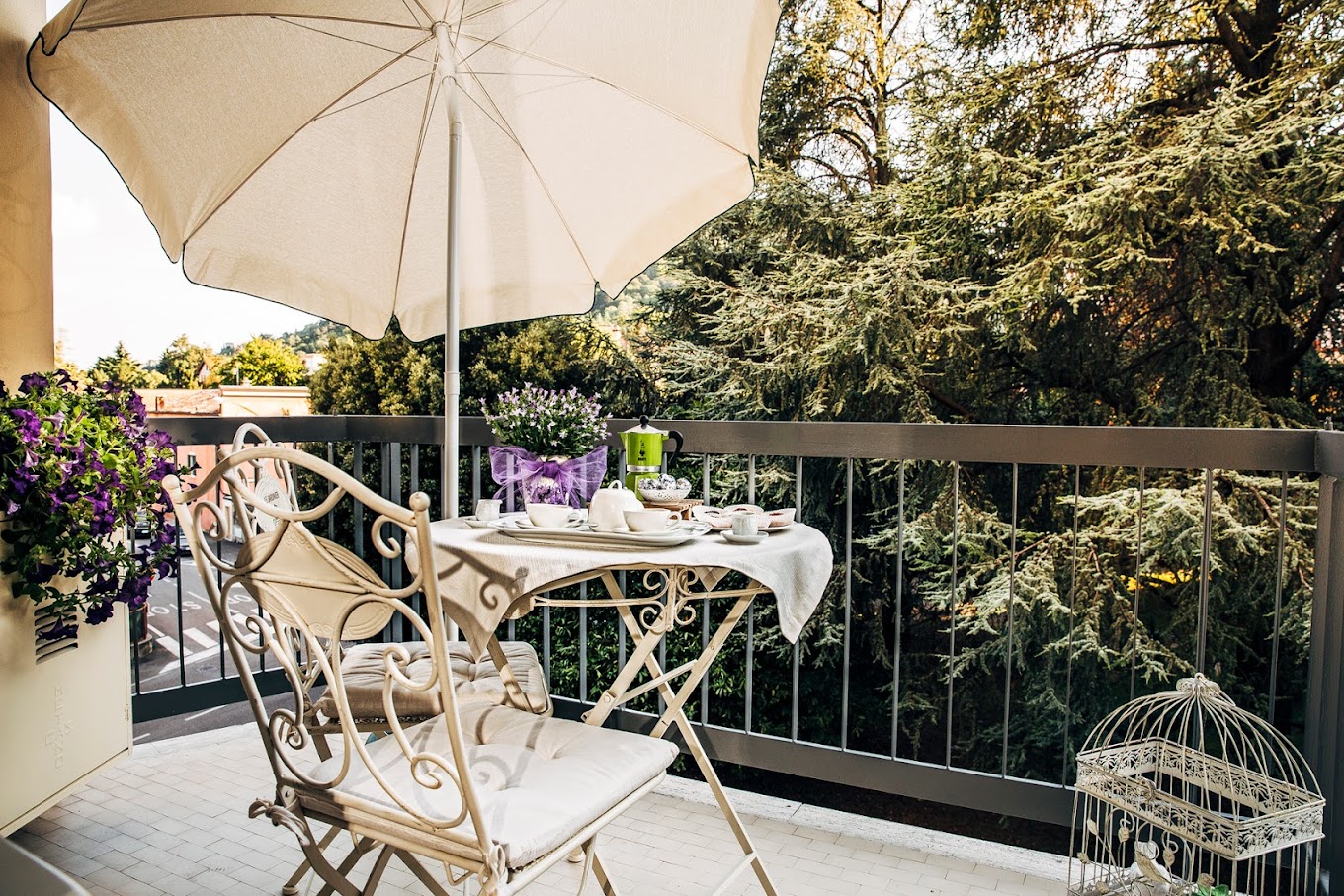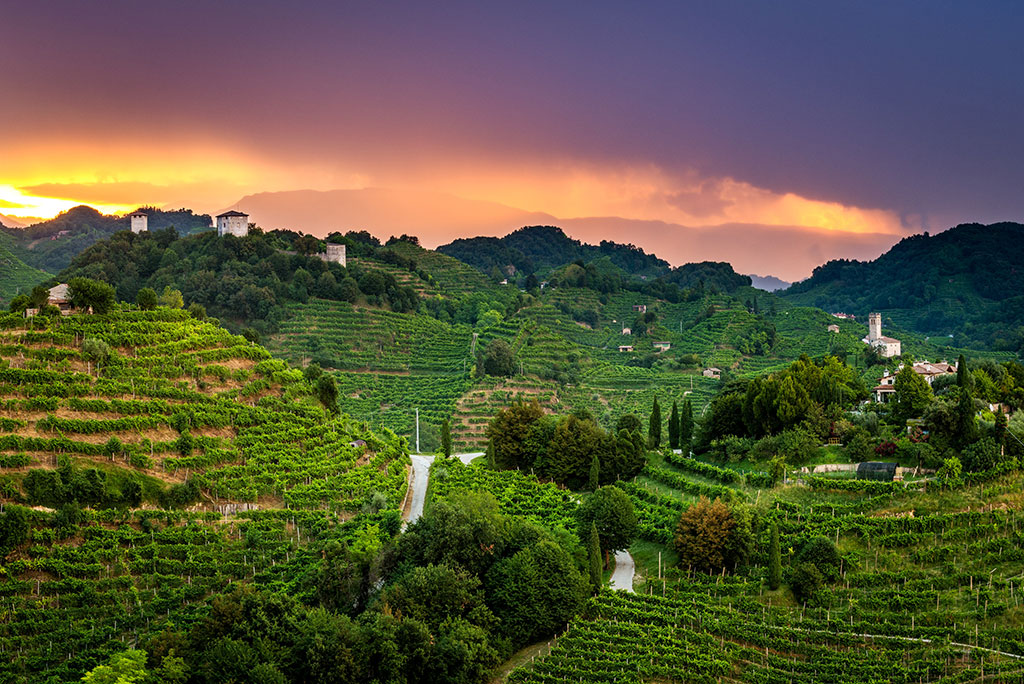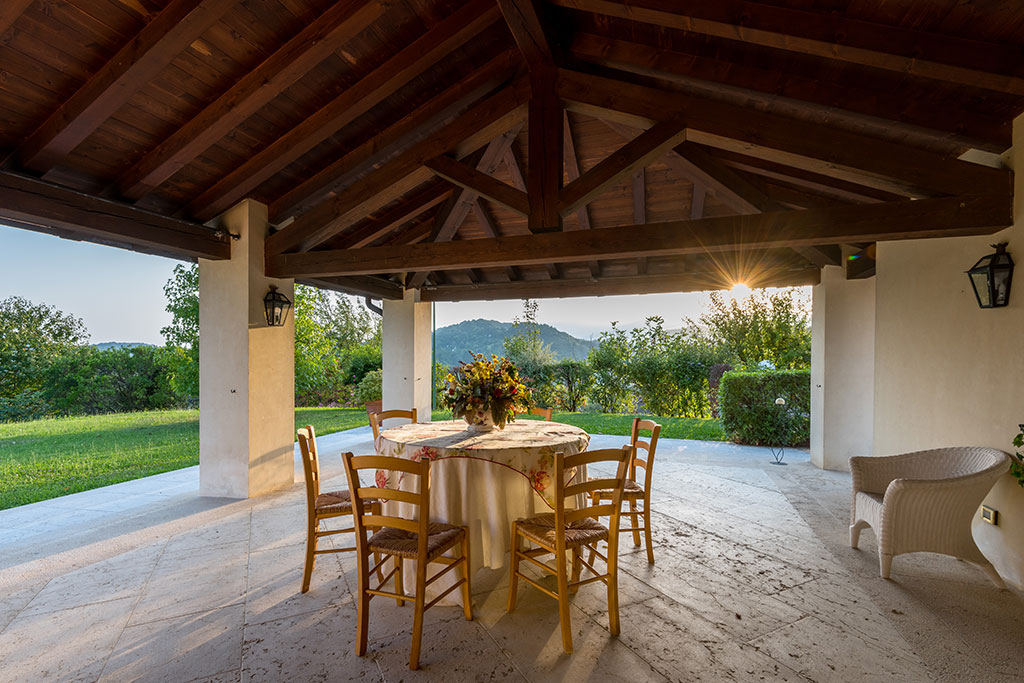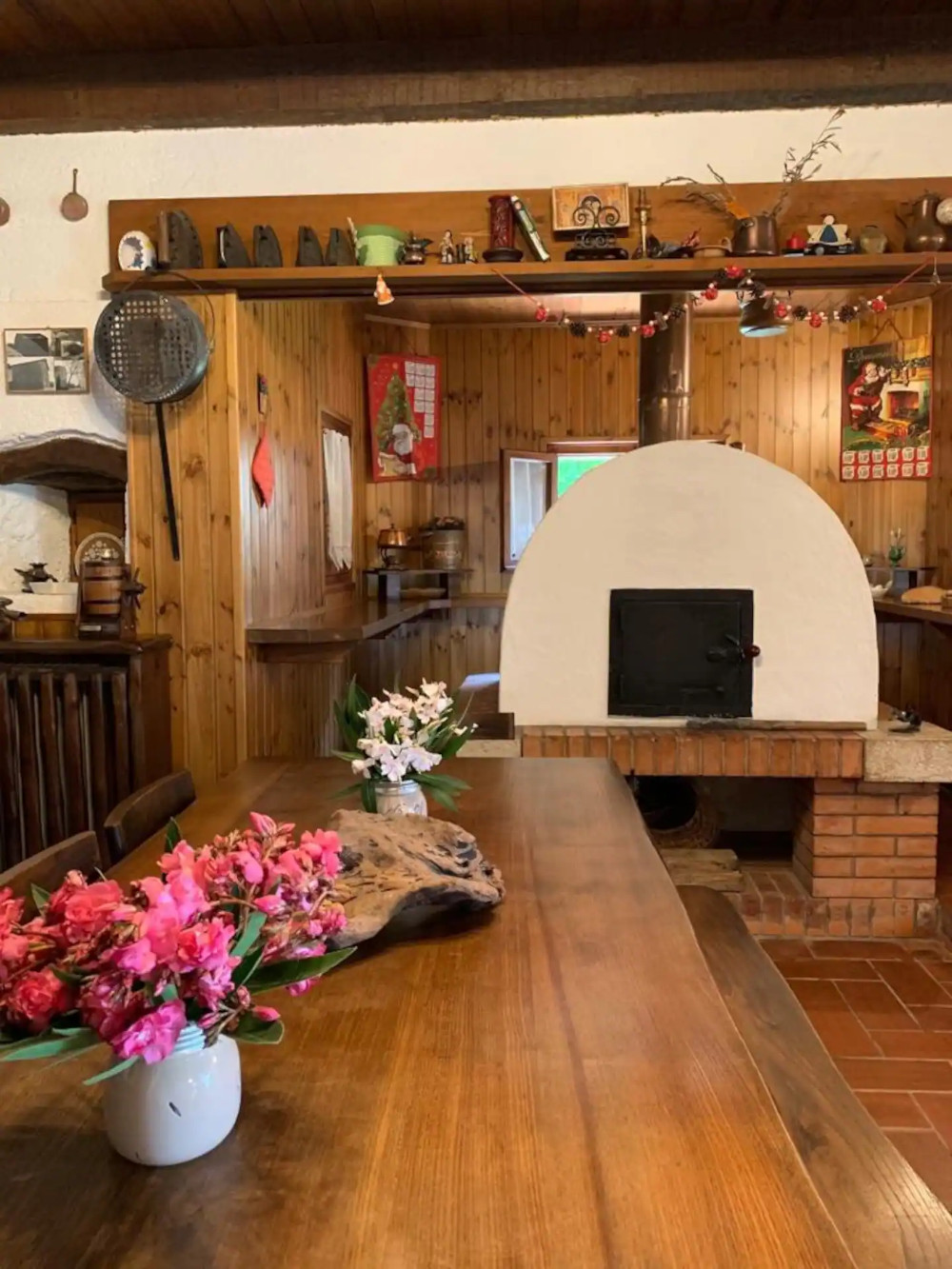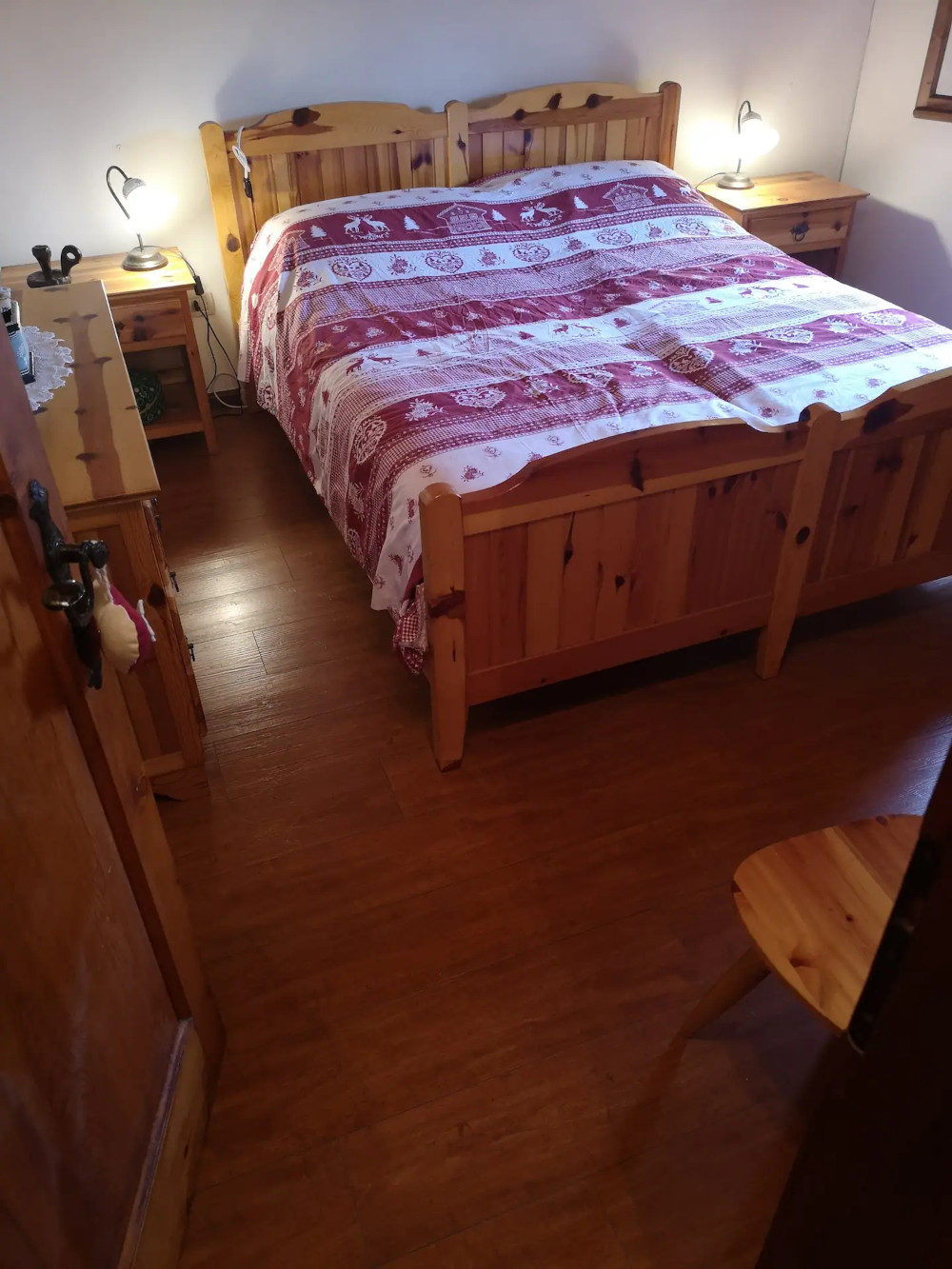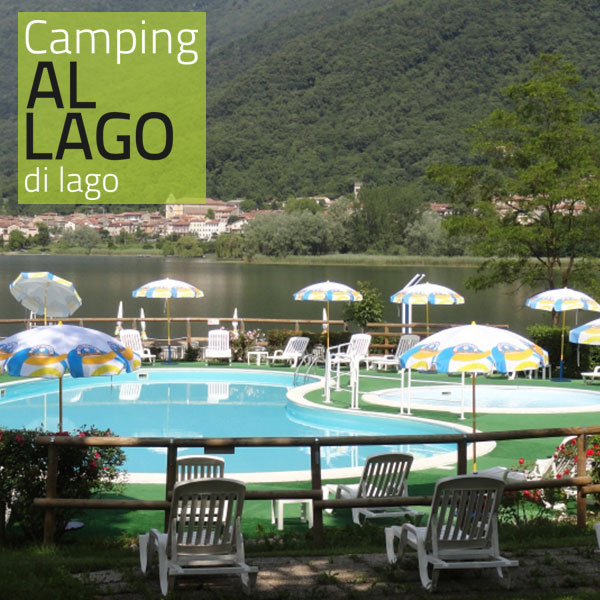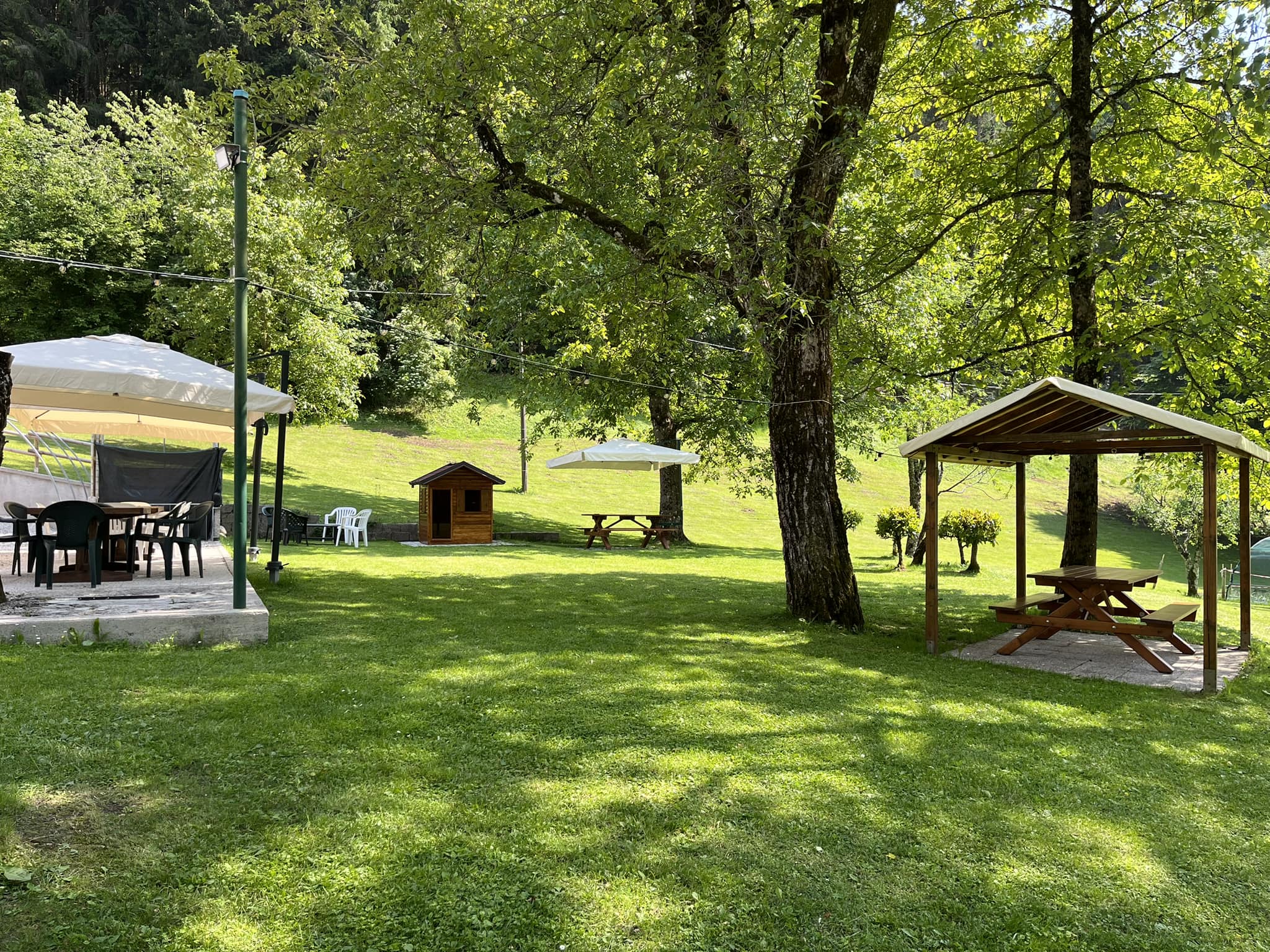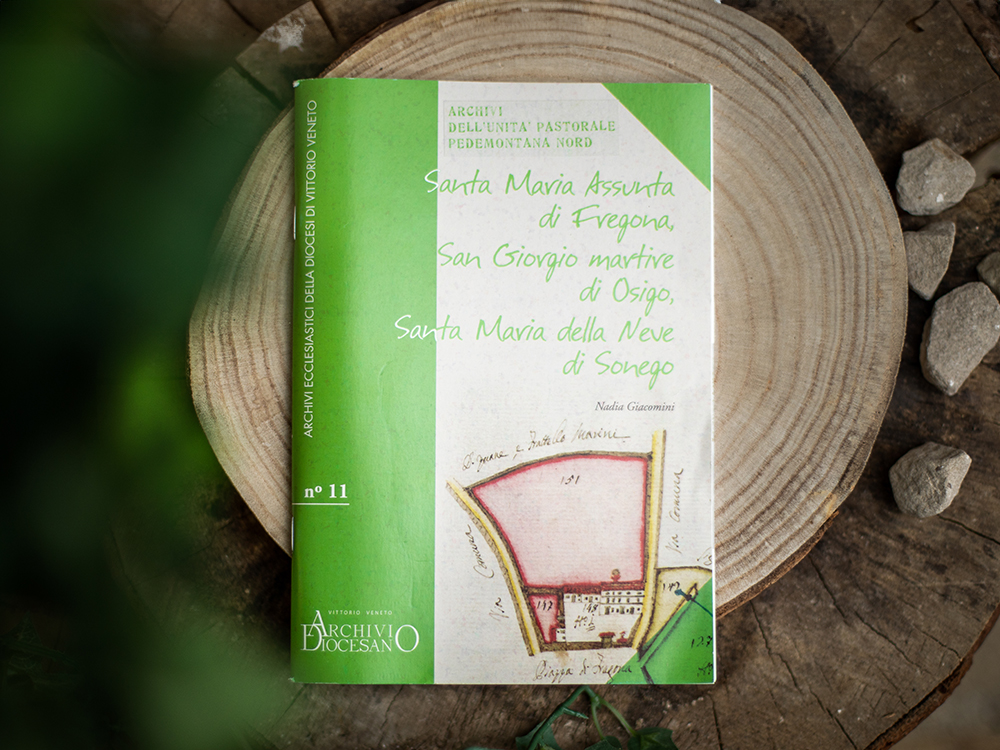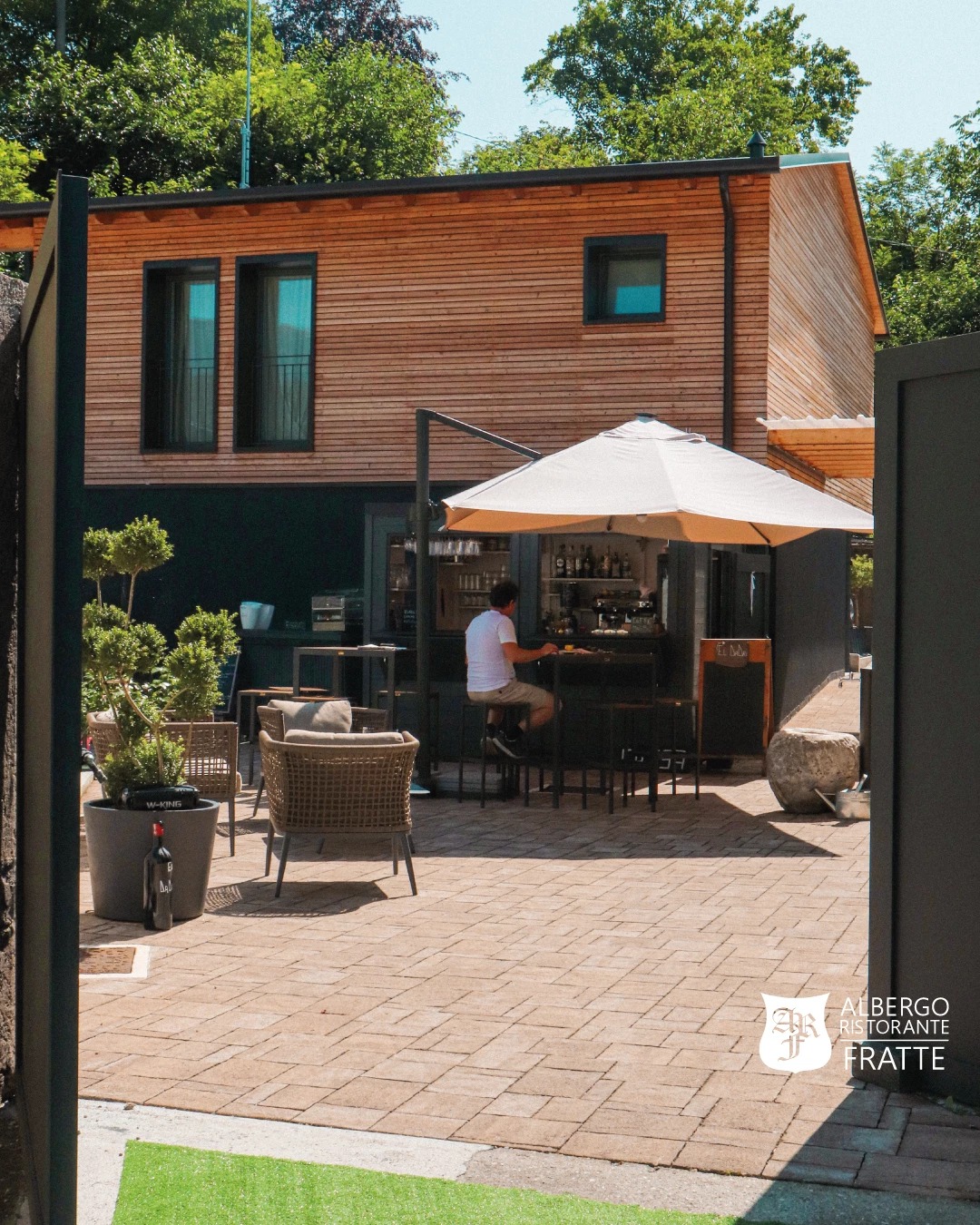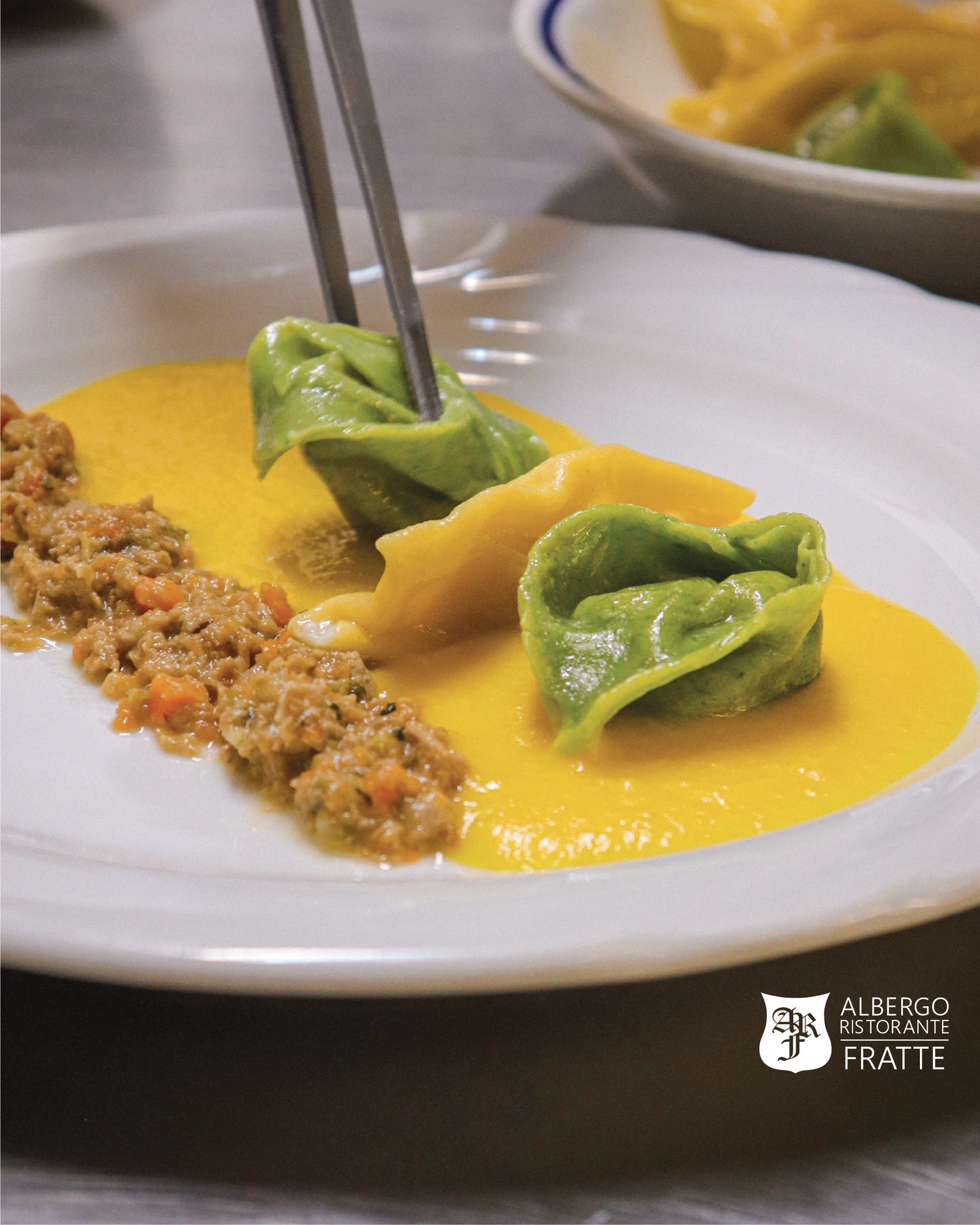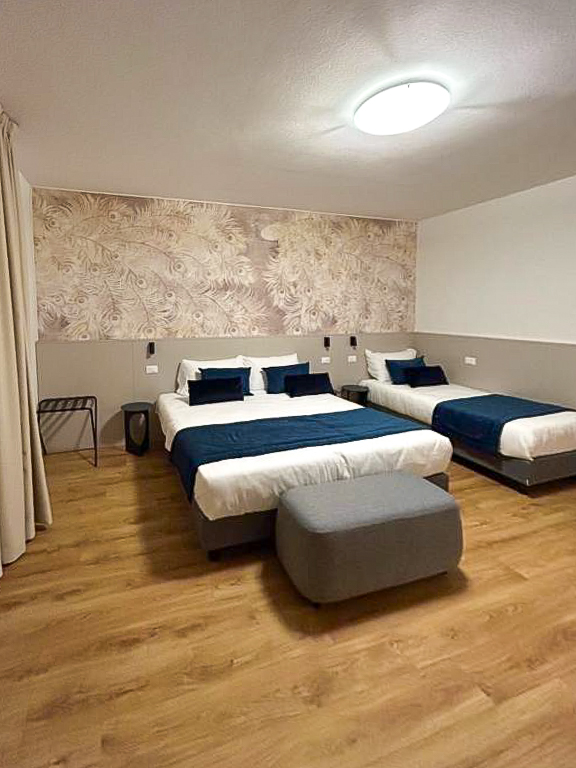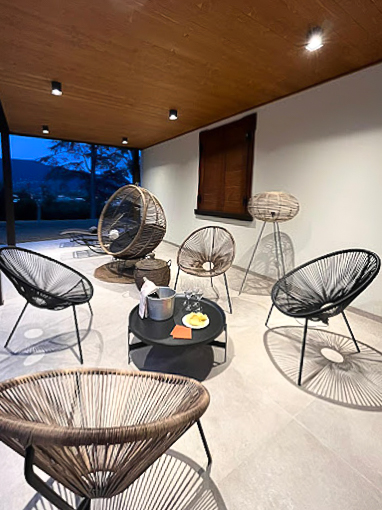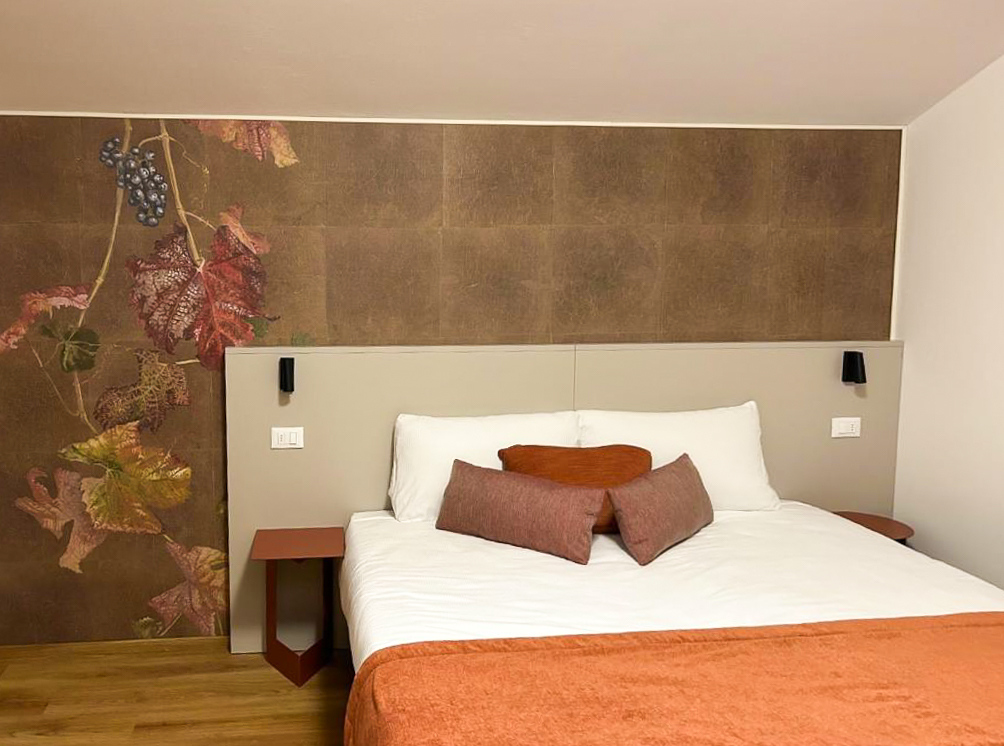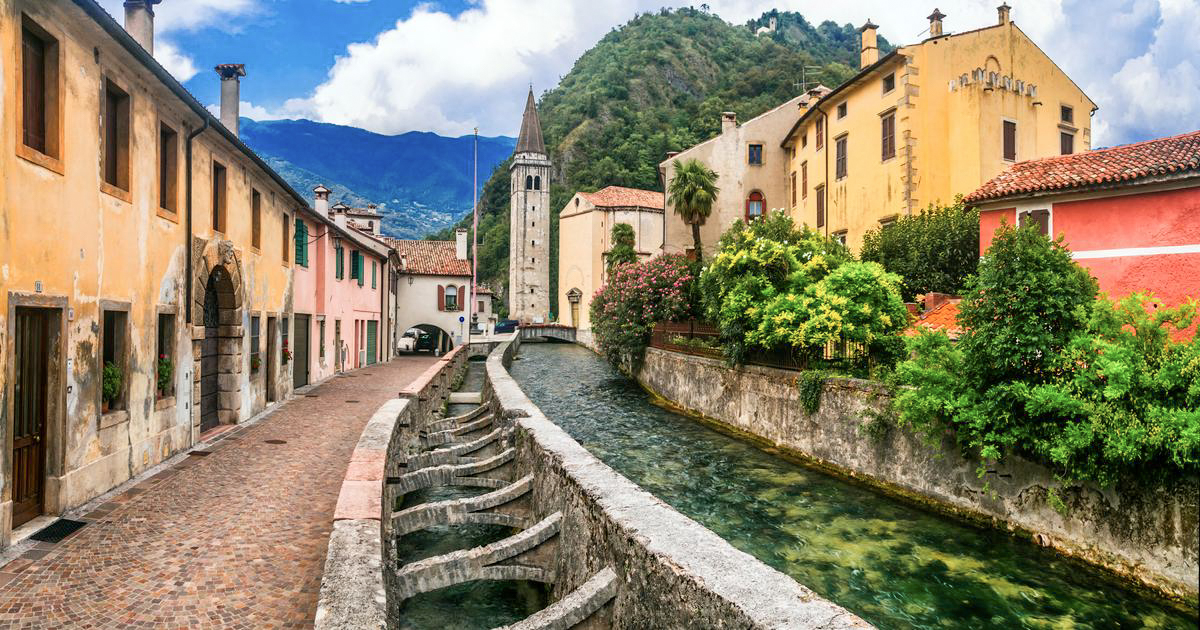Historical background
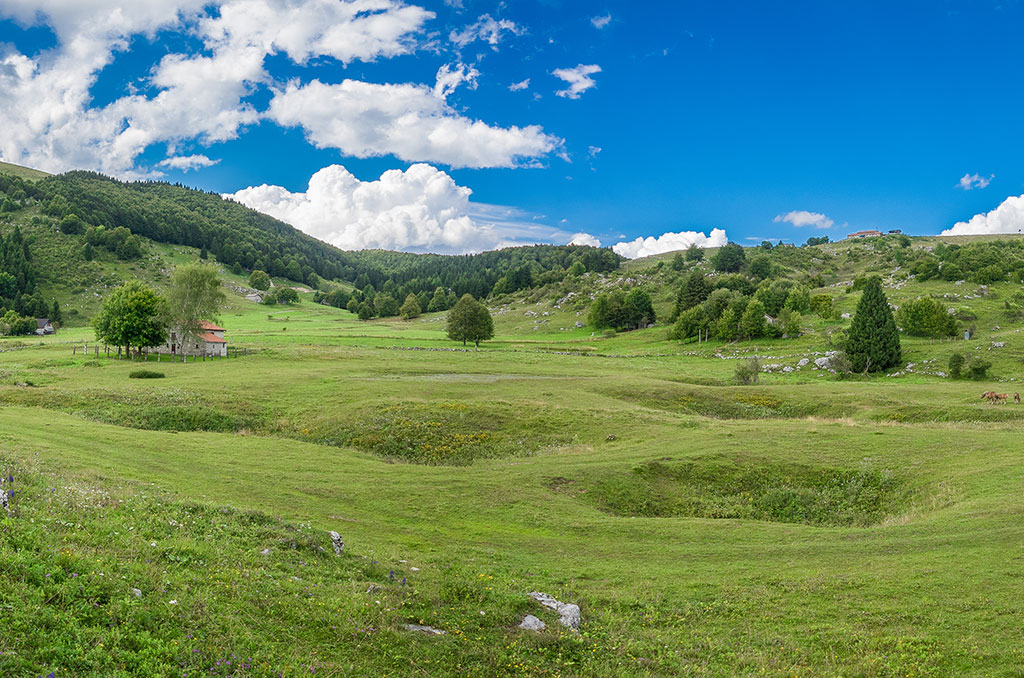
Until the 1970s of the last century, it was also used for transhumance; during the Venetian era, to drag downstream the “stèle” to build oars of the Bosco del Cansiglio. Of this ancient mule track (and of Cadólten) we still have the precious and detailed description, even if tinged with bucolic suggestions, by Antonio Caccianiga, podestà and mayor of Treviso, who wrote it in 1867. One of the recent paths is the didactic path of Lieutenant William B. Berry, named after the American officer who worked valiantly in the Cansigliese area during the Resistance. From the Cadólten forestry house the trail climbs to Pizzòc, via Pecolìn (from “pecŭlus” small footprint) and Monte Crós (“croce”, border mark).
Nature
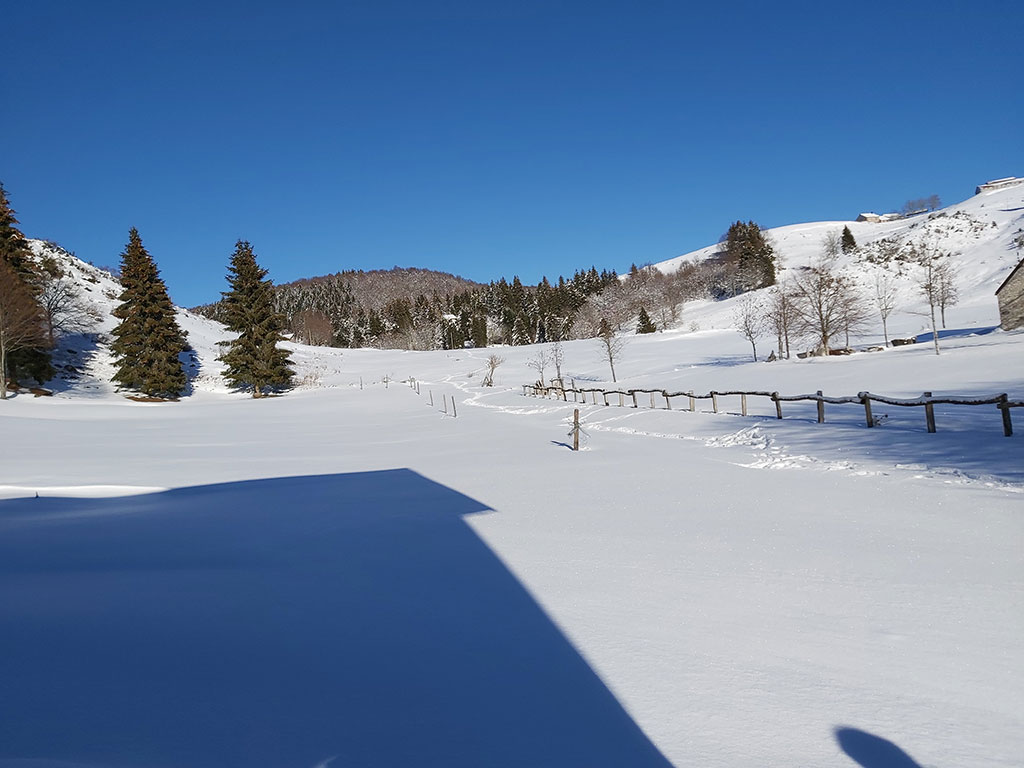
We can also mention the yellow “Scrofularia”, “Lingua di cane vellutina”, the “Cipollaccio stellato” and the “Sassifraga dei muri”. Then we can find the abundant flora of the pastures, rupestrian and also aquatic, such as “Peonia selvatica”, “Genziana primaticcia”, “Genziana di Koch”, “Stella alpina”, “Valeriana delle rupi” and “Spirea cuneata”. Despite the area is mainly dry (there aren’t water courses), you can find the “Erba-unta bianca”, the “Salice retuso” and the common “Erba milza”. Some amphibians, like the “Salamandra alpina” and the “Tritone alpestre” are widespread in the “lame”. Among the birds you can spot the “Astore”, the “Sparviere”, the “Falco pellegrino”, the “Fagiano di monte”, the “Ghiandaia”, the “Corvo”, the “Cincia dal ciuffo”; among mammels you can see the fox, the weasel, the marten and the badger.



